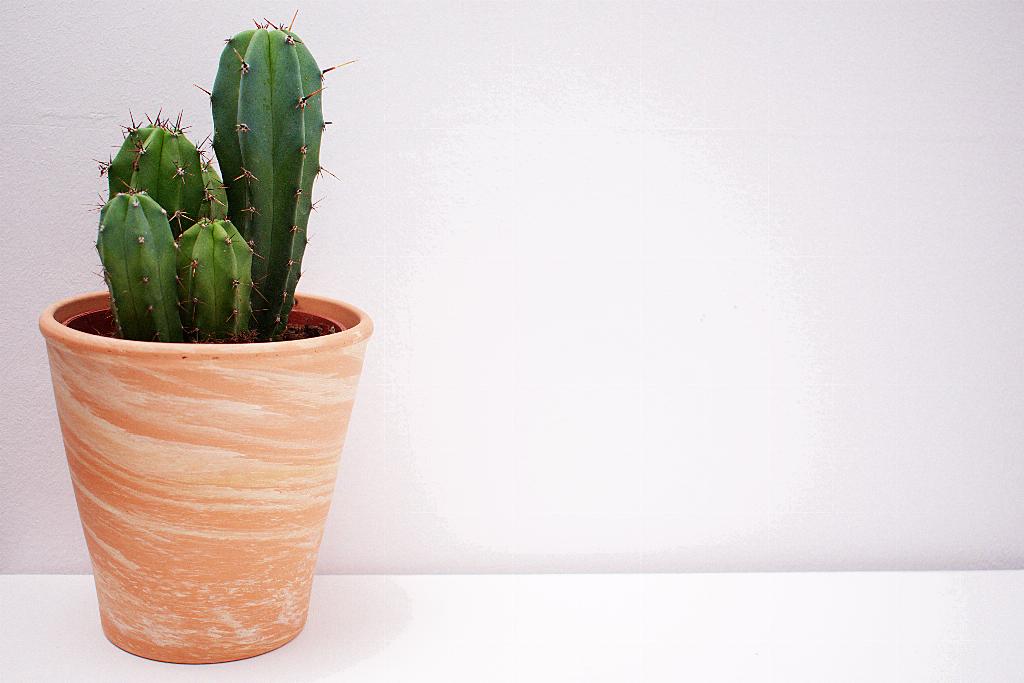When pondering the longevity of nature’s wonders, the saguaro cactus undoubtedly stands out as a marvel of timelessness. These iconic desert giants, with their majestic stature and resolute presence in the arid landscapes of the American Southwest, have fascinated and intrigued both scientists and nature enthusiasts for generations.
An Impressive Journey Through Time
As we delve into the intricate details of saguaro cactus lifespan, we uncover a fascinating narrative of resilience and endurance. An adult saguaro, typically around 125 years old, can reach staggering heights of up to 50 feet and weigh over 6 tons, akin to a botanical behemoth firmly rooted in the sun-scorched soil.
The Enigmatic Timeline of a Saguaro Cactus
While the average lifespan of a saguaro hovers between 150 to 175 years, the enigmatic nature of these plants leaves room for speculation and wonder. Biologists speculate that certain saguaros might surpass the two-century mark, standing as silent sentinels bearing witness to the passage of time in the harsh desert environment.
Unveiling the Secrets of Longevity
The longevity of saguaro cacti can be attributed to a multitude of factors intricately intertwined with their environment. Adaptations to survive in the arid climate, efficient water storage capabilities, and a slow growth rate contribute to the remarkable lifespan of these botanical giants, allowing them to thrive for centuries in the harsh desert terrain.
The Role of Environmental Factors
The saguaro cactus weathers the elements of the desert with stoic resilience, drawing sustenance from infrequent rainfall and enduring extreme temperature fluctuations. The intricately balanced ecosystem of the desert plays a crucial role in sustaining the saguaro population, offering a habitat where these majestic cacti can flourish and grow old gracefully.
A Testament to Nature’s Endurance
As we contemplate the lifespan of saguaro cacti, we are reminded of nature’s intrinsic ability to persevere and adapt to the harshest of conditions. The silent guardians of the desert, these towering cacti stand as a testament to the enduring cycle of life and the remarkable resilience of the natural world.
Preserving a Living Legacy
With their longevity and symbolic significance deeply rooted in the cultural tapestry of the desert Southwest, saguaro cacti serve as an emblematic species deserving of conservation efforts and protection. Preserving these ancient botanical wonders ensures that future generations can marvel at their grandeur and appreciate their vital role in the desert ecosystem.
Exploring the Mystique of Saguaro Cacti
Delving into the intricate world of saguaro cacti unveils a tapestry of mysteries and marvels waiting to be explored. From their slow growth rate to their ability to withstand the rigors of the desert, these iconic cacti embody the essence of resilience and tenacity, offering a glimpse into the intricate workings of nature’s design.
Embracing the Timeless Beauty of the Desert
Standing amidst a sea of saguaro cacti, one can’t help but feel awestruck by the timeless beauty and serene grandeur of these ancient desert dwellers. Their silent presence and enduring resilience serve as a poignant reminder of the cyclical nature of life and the profound connection between plants and their environment.
A Legacy Carved in Time
The legacy of saguaro cacti transcends mere existence, weaving a narrative of survival, adaptation, and perseverance in the harsh desert landscape. From their humble beginnings as tiny seeds to their towering presence in the arid expanse, these botanical wonders leave an indelible mark on the fabric of the desert ecosystem, carving a legacy that echoes through the annals of time.

Celebrating the Timeless Majesty of Saguaro Cacti
As we marvel at the intricate details of saguaro cacti and their remarkable lifespan, we are invited to celebrate the timeless majesty of these desert giants. Through their enduring presence and silent grace, saguaro cacti stand as a testament to the beauty and resilience of the natural world, inspiring awe and reverence in all who behold their magnificent form.
